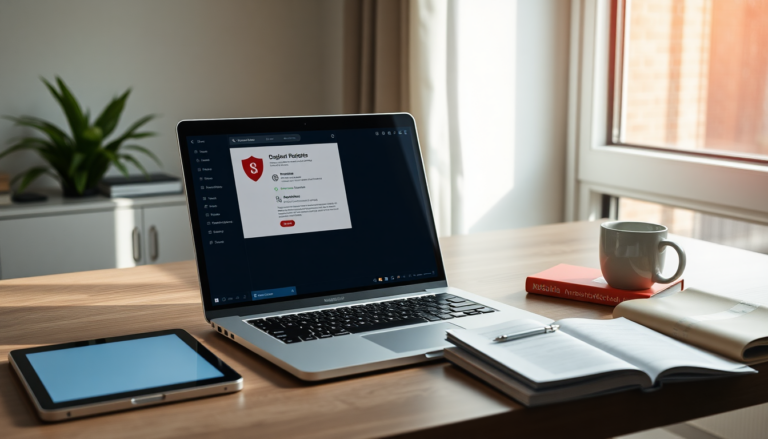Argomenti trattati
Understanding antivirus software options
For a long time, I believed that most users could rely solely on Windows Security, also known as Windows Defender, for their antivirus needs. This built-in security suite is free and has served me well for years, with no significant virus issues since over a decade ago. However, a deeper inquiry into this perspective reveals a contrasting view shared by many experts advocating for paid antivirus solutions. These recommendations come not only from antivirus vendors but also from reputable review sites.
Windows Security: a solid defense
My experience with Windows Security has been positive, and many users echo this sentiment. The suite has evolved significantly over the years, now offering robust protection comparable to third-party antivirus programs. In fact, its performance is so reliable that the independent AV-TEST Institute frequently awards it top marks for protection, usability, and performance, often achieving a perfect score of 6 out of 6.
In today’s digital landscape, security is multifaceted. Relying on a single antivirus program is no longer the only line of defense. Users should consider additional security measures like strong passwords, regular software updates, and cautious online behavior to enhance their protection.
The case for additional antivirus software
Despite the efficacy of Windows Security, some users opt for supplementary antivirus tools like Malwarebytes. The primary rationale behind this choice is the desire for a second opinion on their system’s health. For example, a scan with Malwarebytes may uncover potentially unwanted programs that could go unnoticed by the built-in protection. This additional layer can be particularly useful for users who frequently download software or browse less secure websites.
Potential downsides of third-party antivirus solutions
However, third-party antivirus software isn’t without its drawbacks. During installation, some programs may introduce their own browser extensions without clear consent, potentially complicating the user experience. Furthermore, the free versions of these tools often bombard users with upgrade prompts, which can be annoying. If the real-time protection features are enabled, they may also conflict with Windows Security, leading to confusion about which program is actively protecting your system.
While many individuals can navigate the internet safely without paying for additional antivirus software, there are still valid reasons to consider investing in a premium solution. Features like advanced firewalls, identity theft protection, and bundled VPN services can offer added peace of mind and convenience. However, it’s essential to assess whether these features genuinely enhance your security or if they simply bloat your system.
For instance, users might find that a dedicated password manager or a separate VPN provider better meets their needs than what’s offered in a bundled antivirus package. Thus, it’s crucial to evaluate individual requirements when considering the purchase of third-party software.
A balanced approach to digital security
Ultimately, while third-party antivirus solutions can provide enhanced protection, they are just one component of a comprehensive security strategy. Today’s users should focus on a holistic approach that includes strong passwords, two-factor authentication, regular data backups, and an awareness of safe browsing practices. By combining these elements, individuals can significantly reduce their risk of encountering security threats online.
The experts generally agree on this point: investing in antivirus software might not be necessary for everyone, but understanding your security needs and taking proactive measures is essential for safeguarding your digital life.

